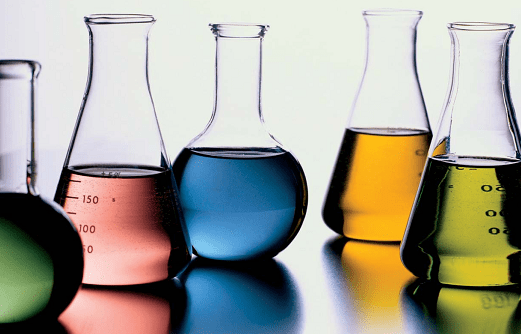As you already know from following the Ecolink blog posts, Ecolink is steadfast in its pursuit to help industrial businesses, along with any type of company that uses chemical solvents for business operations, transition to an eco friendly, green alternative chemical...




